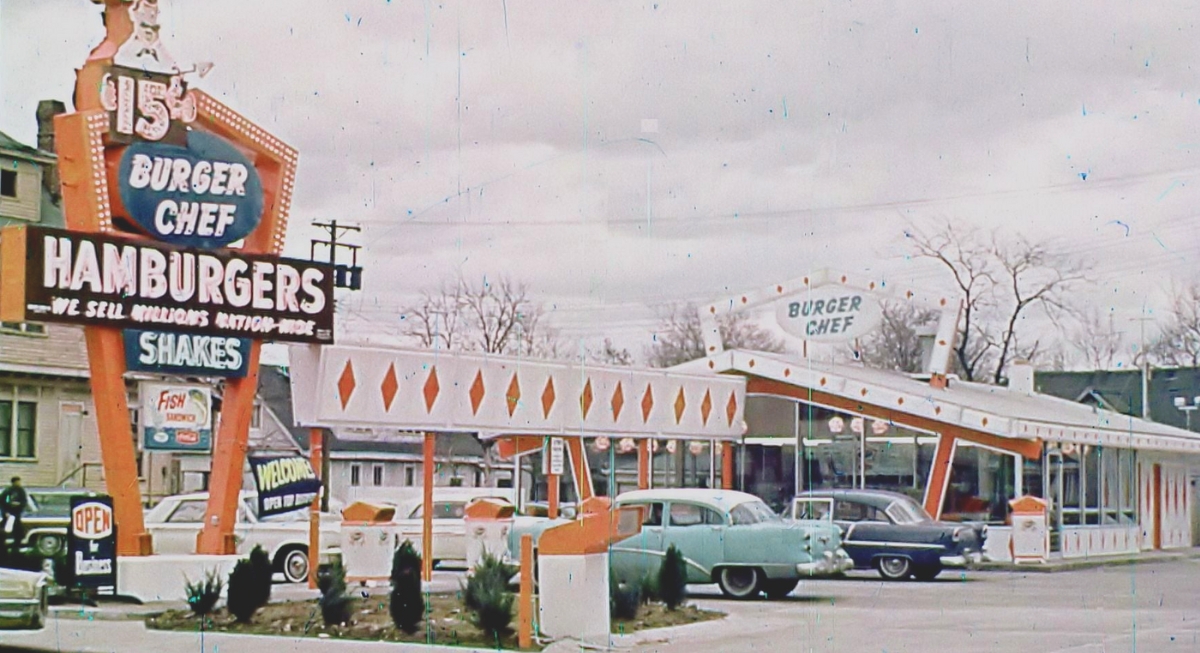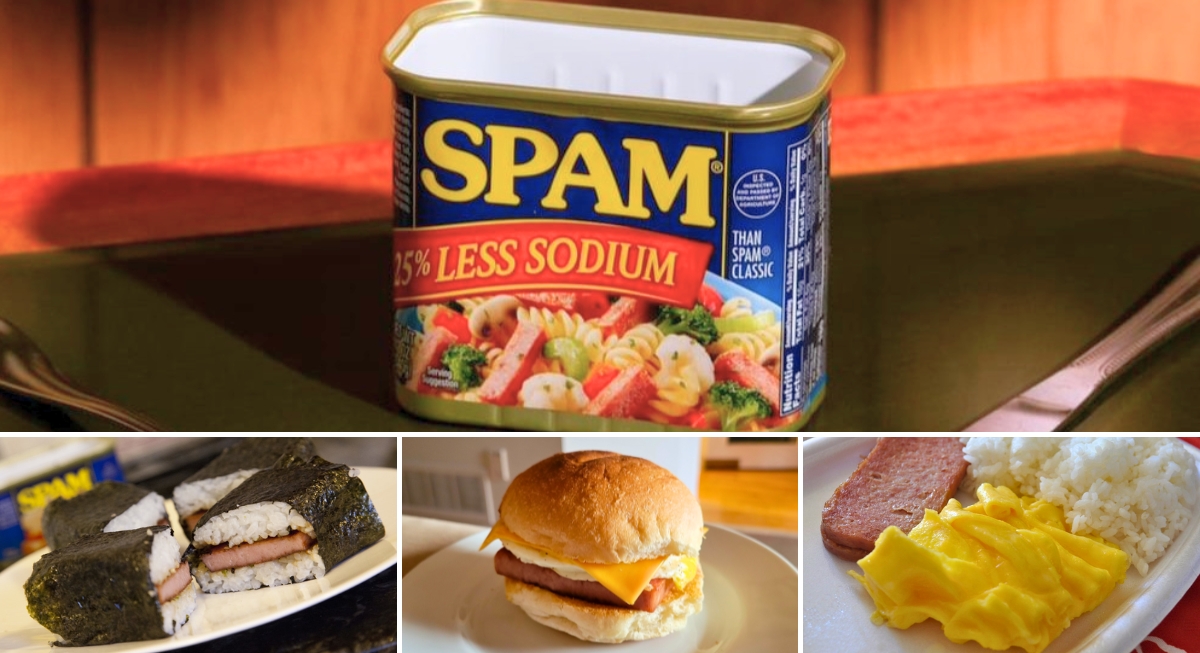The ‘70s were wild—but not just for the hairstyles and bell-bottoms. People were eating things then that would raise some serious eyebrows now, including foods that were loaded with lead or dyed a color not found in nature. These items are now either banned, restricted, or just quietly taken off shelves for good reason.
Cyclamate-Sweetened Drinks
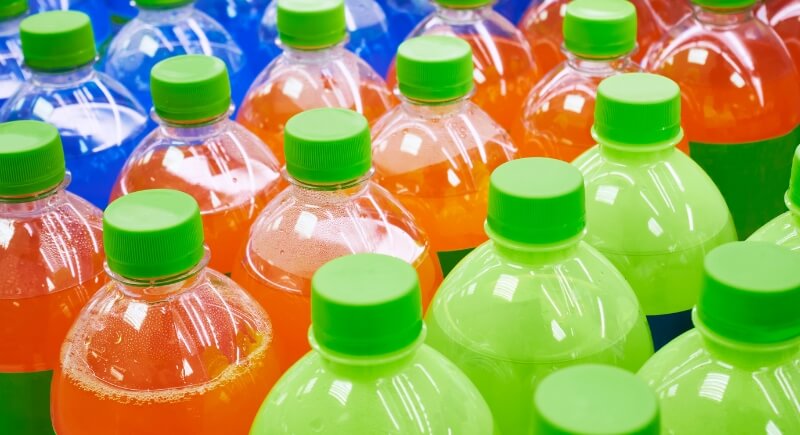
Credit: Getty Images
Low-cal drinks used to have a secret weapon: a sugar swap called cyclamate. It tasted decent, didn’t cost much, and blended well. However, studies linked it to health issues, and it vanished from American shelves. It’s still legal in places like Canada, but here? Not happening since 1970.
Lead-Sealed Canned Goods
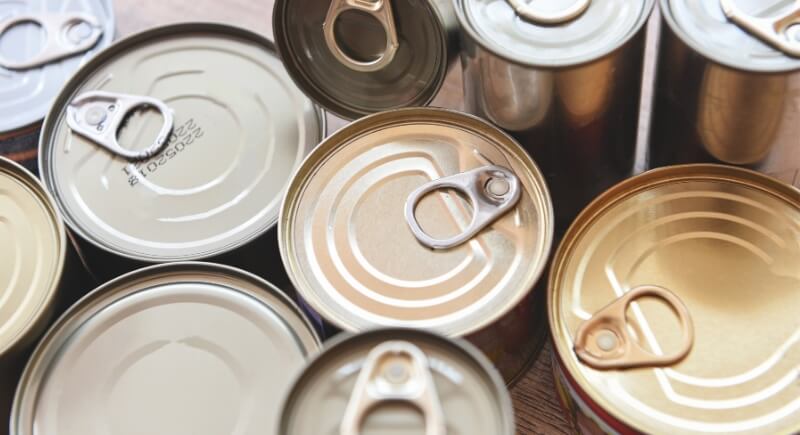
Credit: Getty Images
You’d pop open a can of veggies in the ‘70s and think nothing of it. It turns out that many cans were sealed with lead-based solder. Yikes. The metal could leach into the food over time, and once that became a known risk, it was phased out fast in the 1990s.
BVO in Orange Sodas

Credit: Facebook
That refreshing citrus soda might’ve been smoother than it should’ve been. Brominated vegetable oil—yeah, the same stuff used in flame retardants—kept ingredients from separating. It hung around for decades before pressure finally pushed brands to cut it out in 2004.
Alar on Apples
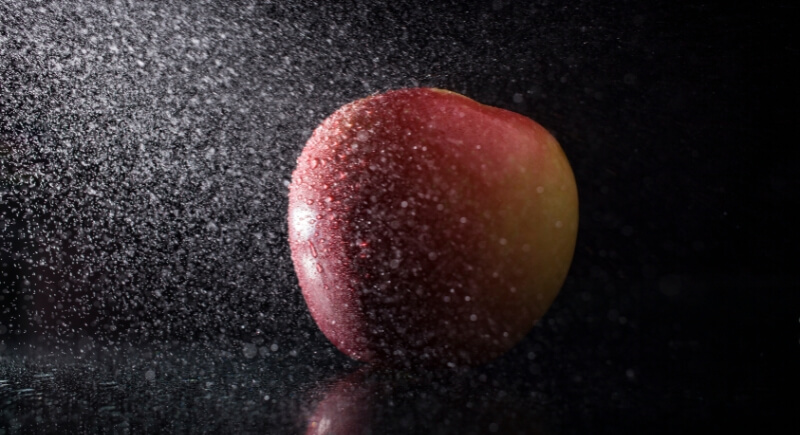
Credit: Getty Images
If apples looked extra perfect in the 1970s, that wasn’t by chance. Alar was sprayed on to slow ripening and keep them pretty. But after links to possible cancer risks, the public freaked out, and it was pulled from food use in the late '80s.
Trans Fat–Heavy Snacks
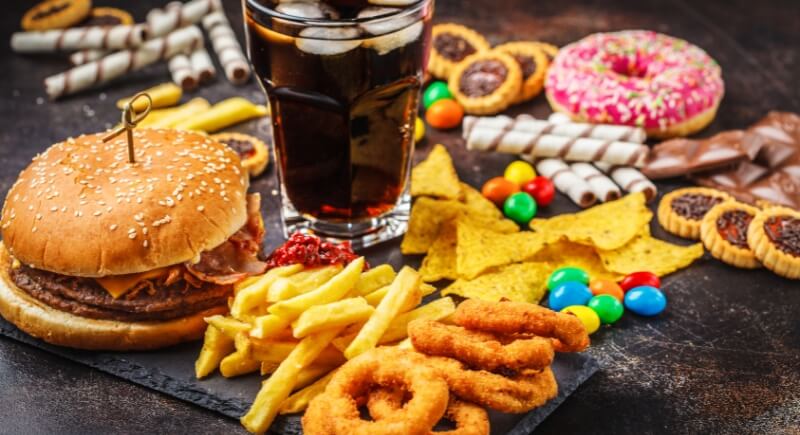
Credit: Canva
Those flaky pastries and crispy chips from back in the day were built on trans fats. They were cheap, shelf-stable, and everywhere—until they were tied to heart problems. By the 2000s, the FDA moved to shut it down for good.
Red Dye No. 2 in Candy
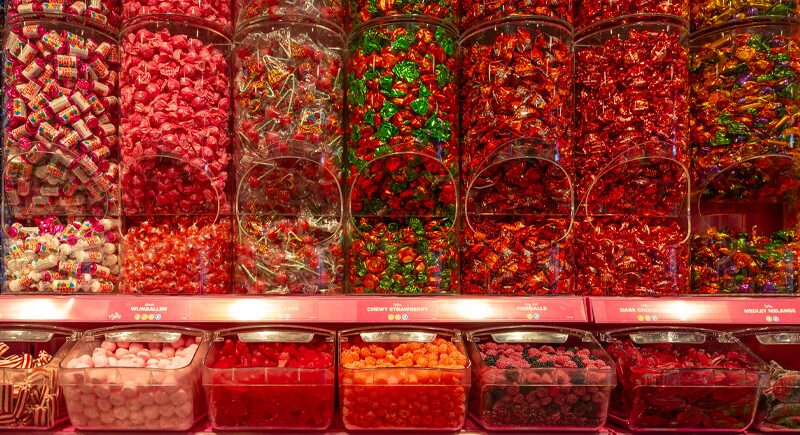
Credit: Wikimedia Commons
Bright red treats were all the rage—until Red Dye No. 2 got linked to tumors in lab animals. Suddenly, red didn’t look so sweet. The dye was disallowed in 1976, and manufacturers had to rethink their candy colors.
Raw Milk in Stores
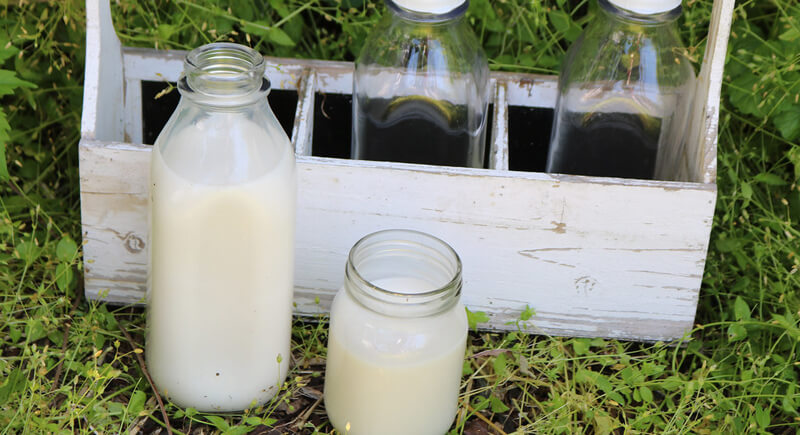
Credit: flickr
In the ‘70s, you could find raw milk without much trouble. But with bacteria like E. coli and listeria causing concern, it started disappearing. Today, raw milk is prohibited in many states unless you’re buying it straight from a farm.
Fat-Free Chips with Olestra

Credit: Wikimedia Commons
The promise sounded perfect: eat chips without the fat. Even so, Olestra didn’t go down easy—literally. It caused digestion trouble for a lot of folks. After enough complaints (and warning labels), it faded from most snack aisles.
Cereal Toys Right in the Box
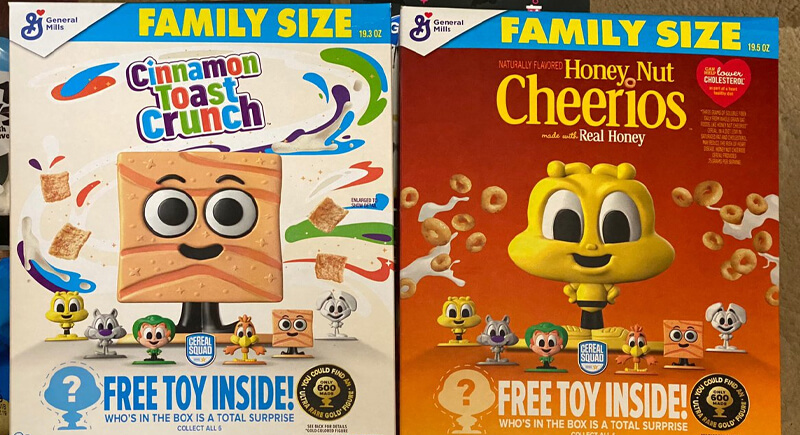
Credit: X.com
Unwrapped plastic prizes swimming around with your breakfast weren’t the best–or safest–idea. Safety concerns put an end to that tradition, and now toys are either sealed—or gone completely.
Maraschino Cherries with Banned Dyes
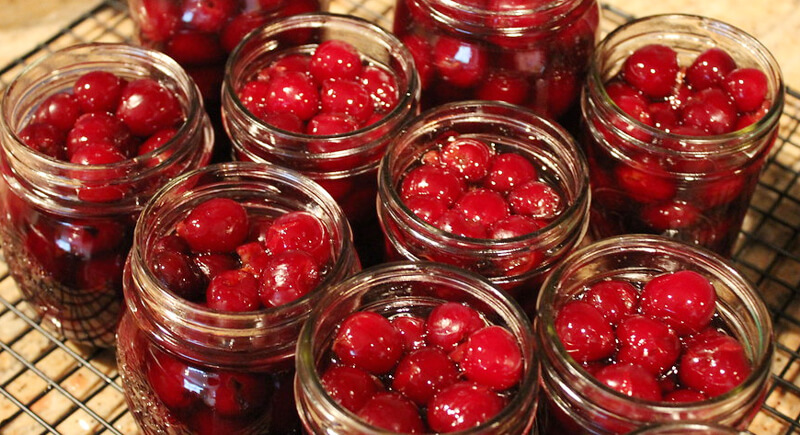
Credit: flickr
Those glossy cherries topping ice cream sundaes weren’t always made with safe ingredients. Some color additives used in the ‘70s have since been placed under a ban. The look is still the same today—but the recipe got cleaned up along the way.
Margarine Full of Trans Fat

Credit: Getty Images
People swapped butter for margarine, thinking it was the healthier choice. It wasn’t—at least not at the time. Many brands were packed with trans fats, which were later linked to serious health issues. Today’s margarine is cleaner, but the damage was done.
Turtle Soup

Credit: needpix
Back in the 1970s, sea turtles hadn’t yet been recognized as endangered, and their meat was used in turtle soup—a dish viewed as a delicacy in parts of Europe. It was especially common in coastal areas of Central America and Asia, where turtles were once a regular part of the local diet.
Ackee Fruit
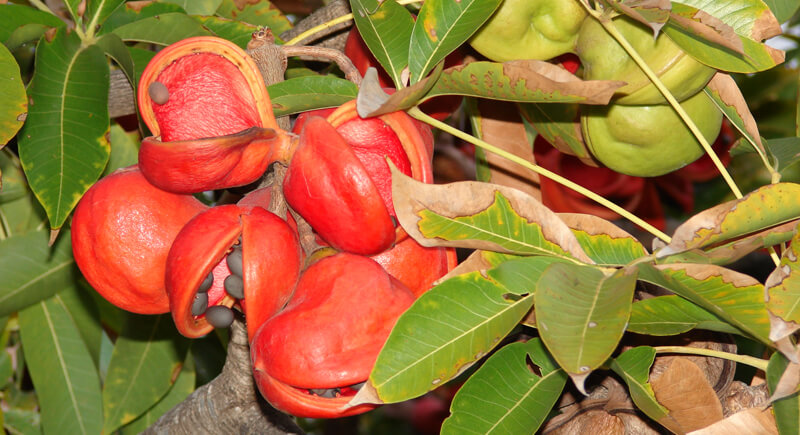
Credit: Wikimedia Commons
When unripe, ackee contains high levels of hypoglycin A—a toxin that disrupts blood glucose production and raises the risk of hypoglycemia. If ignored, it can lead to coma or even death. Because of this, the FDA has put a stop to the importation of this raw fruit in the U.S. since 1973.
Sprinkles Made with Unsafe Dyes
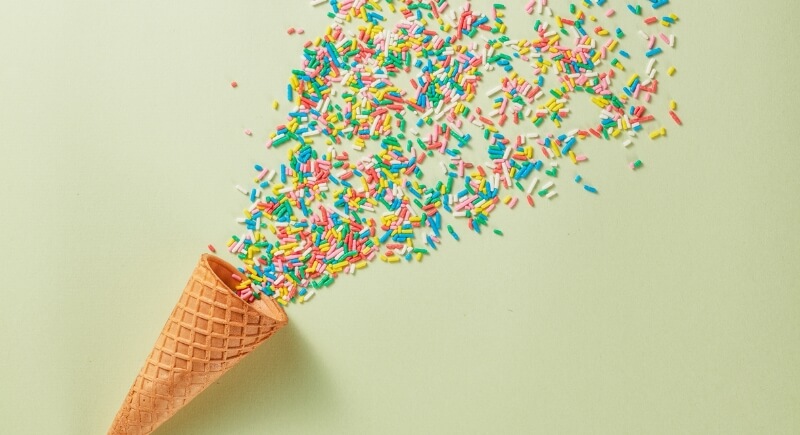
Credit: Canva
Rainbow toppings were made with colorings that are no longer considered safe. Slowly, those synthetic additives were replaced. Your cupcakes still sparkle—just with a slightly different formula now.
Tab Soda with Saccharin
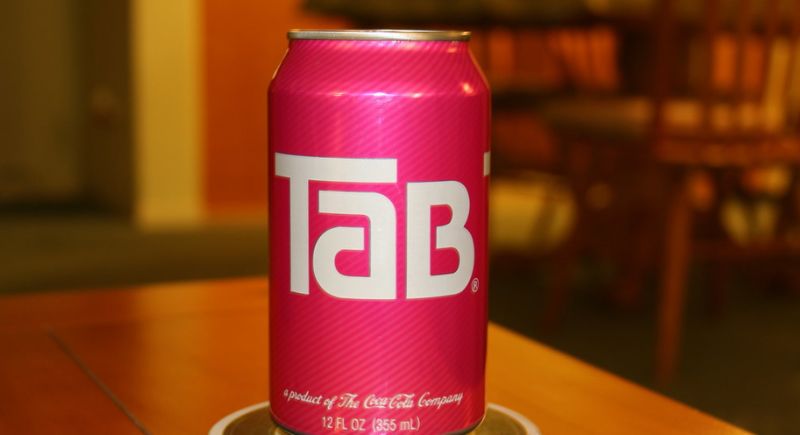
Credit: flickr
Tab was the cool kid of diet sodas until saccharin was linked to bladder cancer in lab rats. The FDA slapped it with a warning label in 1977, and public trust plummeted. While Tab clung on for years as a retro favorite, its sweetener scandal helped pave the way for newer, supposedly safer alternatives.
Packaged Meats Preserved with Nitrates

Credit: flickr
Deli meats were a staple then—and still are. Having said that, the nitrates used to preserve them have come under fire. Now, “no nitrates added” labels are everywhere. It’s horrifying to imagine that people ate them daily without a second thought.
Cheese Puffs Colored with Yellow Dye 5

Credit: Getty Images
Those bright orange cheese puffs may bring back memories, but what gave them that glow wasn’t harmless. Yellow Dye No. 5, one of the artificial colorings used, has raised concerns for years. While still legal in the U.S., the Center for Science in the Public Interest urges parents to steer clear of numbered dyes altogether, citing potential cancer risks.
Shark Meat Steaks

Credit: pexels
In the '70s, shark steaks popped up in seafood sections like it was no big deal. However, later studies revealed high mercury levels that made eating them risky, especially for pregnant women. Combine that with overfishing concerns, and sharks slowly slip off most dinner tables. These days, it's less surf and turf—more leaving it in the ocean.




